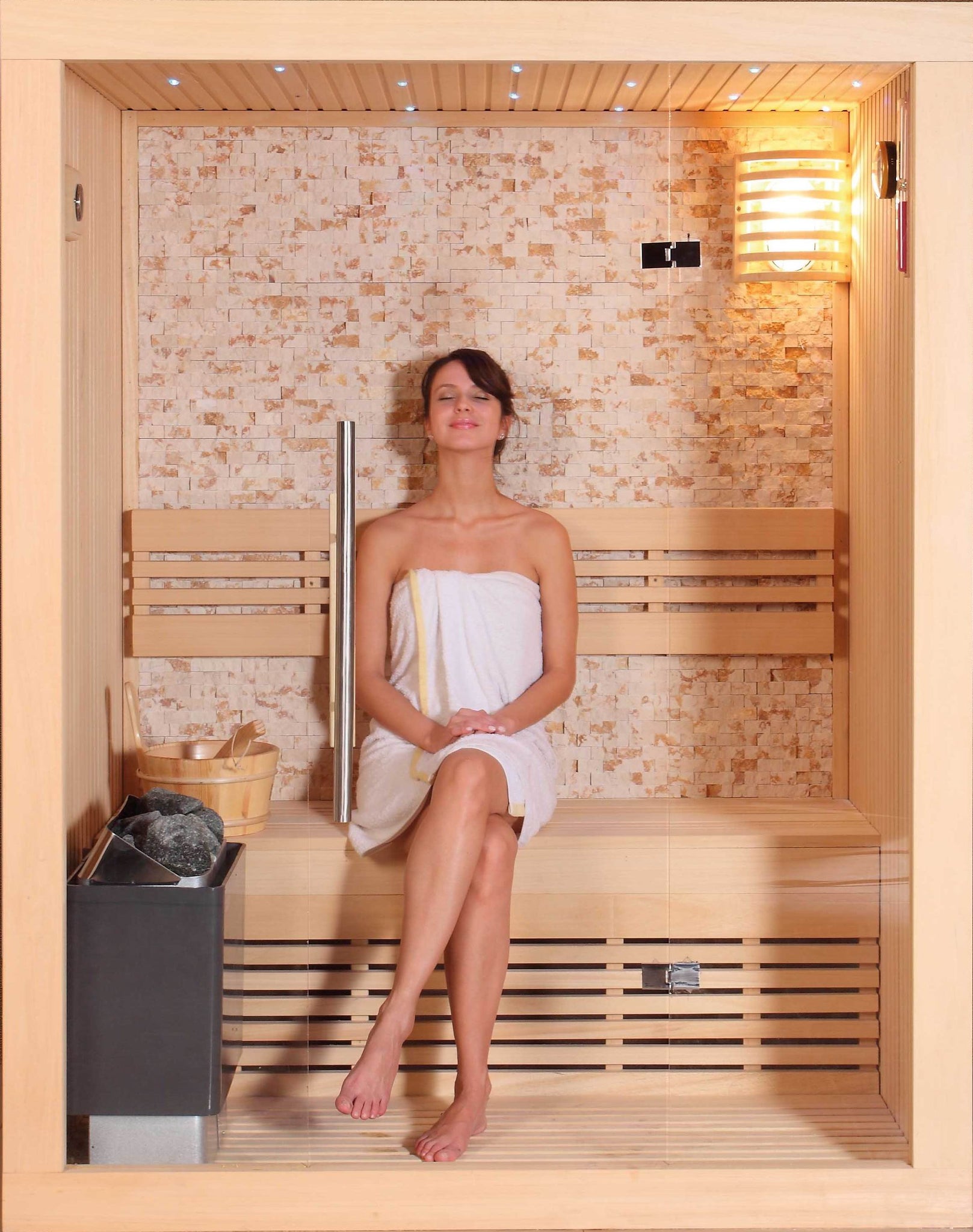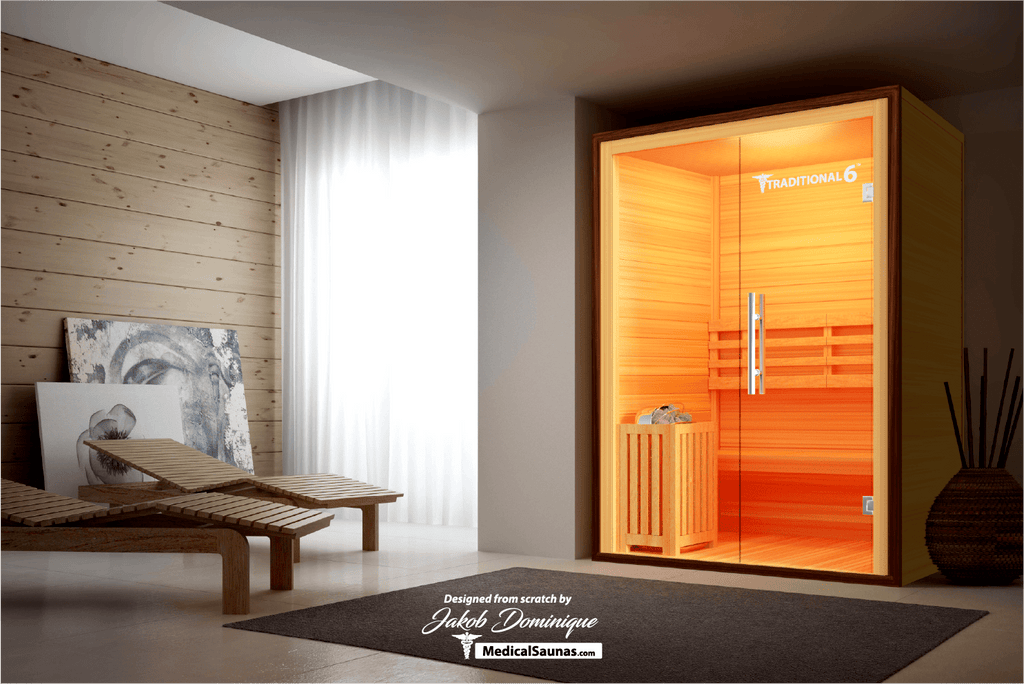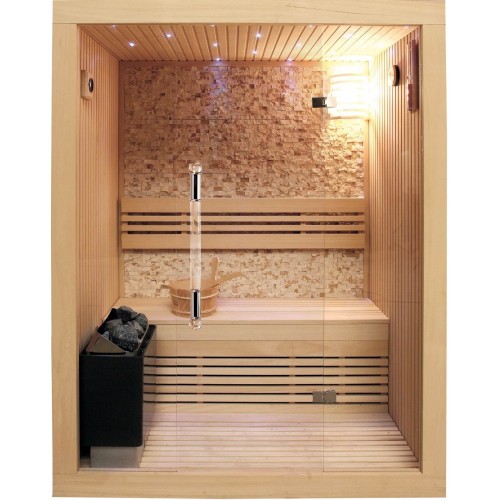Getting The Traditional Sauna To Work
Traditional Sauna - An Overview
Table of ContentsSome Known Incorrect Statements About Traditional Sauna About Traditional SaunaExamine This Report on Traditional SaunaThe 6-Second Trick For Traditional SaunaThe Definitive Guide to Traditional Sauna
A lot of the weight shed in a sauna is water loss and is re-gained upon rehydrating. Nonetheless, certainly sauna can be an integral part of a healthy and balanced fat burning program. To look at the distinctions between standard and IR saunas, I will separate these into verifiable, theoretical, and produced distinctions.Hence, the hottest factor in the saunawhich is at the ceiling straight over the sauna heateris typically between 185 and 190 F. Claims that a conventional sauna goes beyond 200 F is just not real and not appropriate for electrical saunas offered in the US. The temperature for a far-infrared sauna is typically set between 120 and 140 F; nonetheless, unlike the standard sauna, the objective in and IR space is not to attain a heat.
Due to this, the temperature difference is almost unnecessary, considering that excessive sweating results in both sauna kinds, however the technique of heating up the body is various. In an IR sauna the bather will certainly feel hot and will sweat a lot, but at a lot lower temperatures (Traditional Sauna). Therefore, if the goal is to spend longer time periods in the sauna, the IR sauna is an excellent option
When a conventional sauna has been correctly heated, the sauna walls are cozy, the air temperature has actually achieved set temperature and the rocks are very heated. As a fascinating side note, the warmed walls and the rocks are giving off far-infrared warm, integrated with the heated air, to produce an "enveloping warmth".
Not known Facts About Traditional Sauna

When the high temperature is achieved, the elements cycle on and off to keep the heat. The majority of traditional sauna users delight in pouring water over the rocks to produce heavy steam to elevate sauna moisture degrees. The benefits of pouring water over the rocks include: making the area a lot more comfortable, dampening the nasal passages, and permitting the use of aromatherapy by mixing vital oils with the water.

When the power enters the body, it triggers the body temperature to raise and ultimately causes sweat. In an infrared sauna it is necessary for the emitters/heaters to remain on nearly frequently. Since there is my company no mass of rocks to maintain warmth, the sauna will cool if the emitters shut down.
As stated over, the sauna bather in an infrared area intends to position himself in front of operating emitters to get maximum benefit from the heat. The heating time for both spaces can be extremely various, relying on how the spaces are utilized. For a standard sauna, a bather must allow 30-40 mins for the space to accomplish a wanted temperature and to effectively pre-heat the rocks.
Some Of Traditional Sauna
A well built sauna will normally accomplish a temperature of 150-160 F in concerning 30-40 minutes. For hotter temperature levels, the room may require to heat for a longer period. Once the space accomplishes established temperature level, the heating unit will certainly cycle on and off, usually operating about 50% of the time. The insulated walls and the warmed rocks will certainly maintain the space warm and at secure temperature levels.

Standard saunas often tend to be larger (thus use more electrical energy) than infrared saunas, although typical saunas are definitely available in one and two person dimensions. For a two-person conventional sauna, 5x6 or 5x7 dimension is most popular. The top bench can conveniently seat two or three people and is also long enough to relax throughout the sauna session.
How Traditional Sauna can Save You Time, Stress, and Money.
The ordinary cost per kWH of electricity in the U.S. is roughly $0.11, so a 4.5 kW heater will certainly cost approximately $.50 to compete one hour, if the heating system runs continually for one hour. Usually a sauna heating unit will certainly run for 75% of the first hour and 50% of succeeding hours on because the elements cycle once the set temperature level is attained.

There is a rarely discussed distinction in the social experience between the 2 rooms. While our society has actually lost several of the social advantage of the conventional sauna experience, it can be really socially satisfying (Traditional Sauna). From family time in the sauna, to heart-felt discussions with loved ones, to sauna partiesthe traditional sauna experience can cause intimate socializing
Indicators on Traditional Sauna You Need To Know
Many greater end infrared spaces include colored light treatment, audio systems and full-glass fronts.